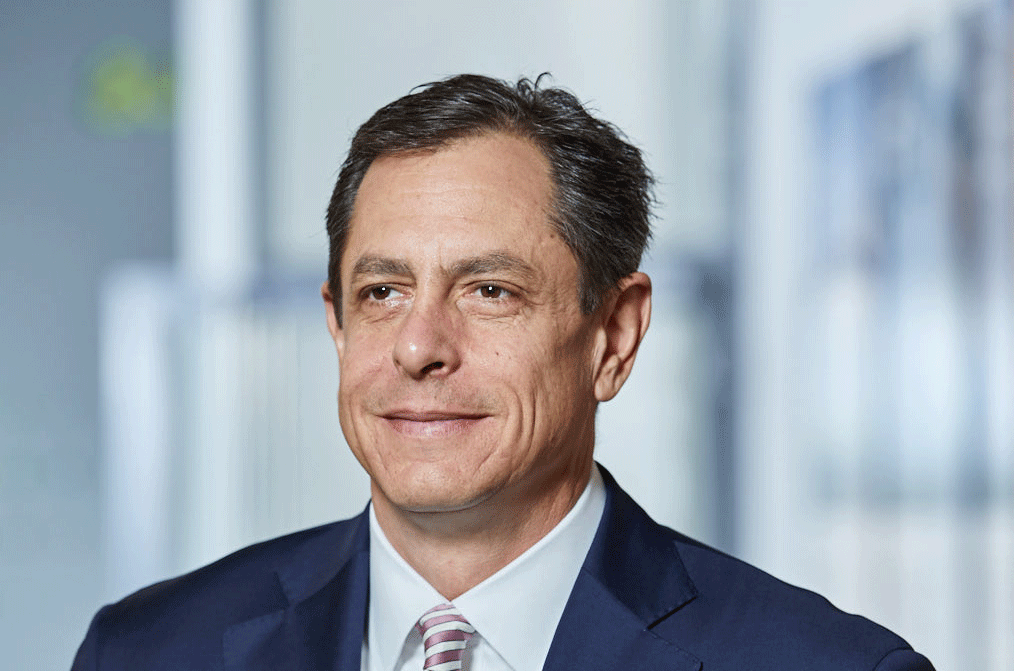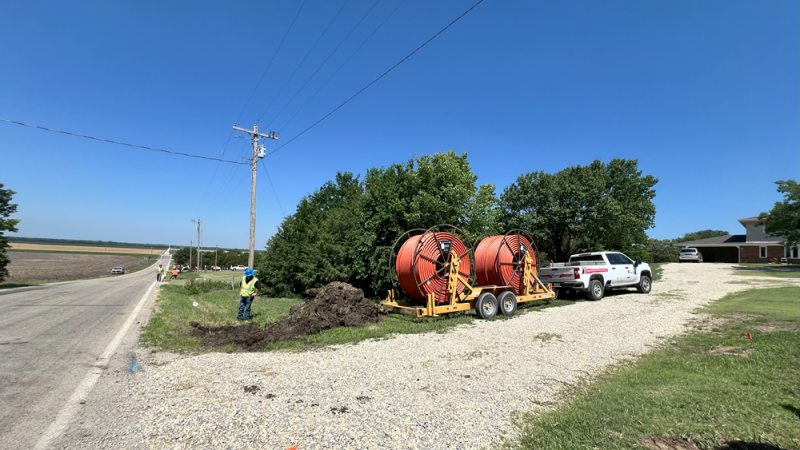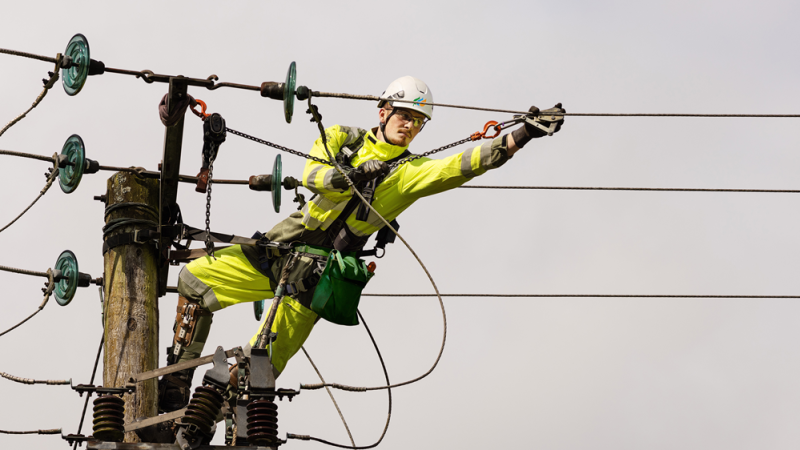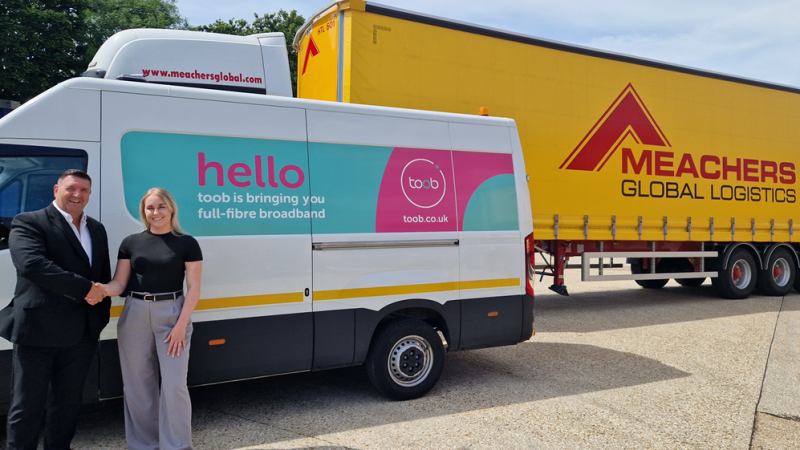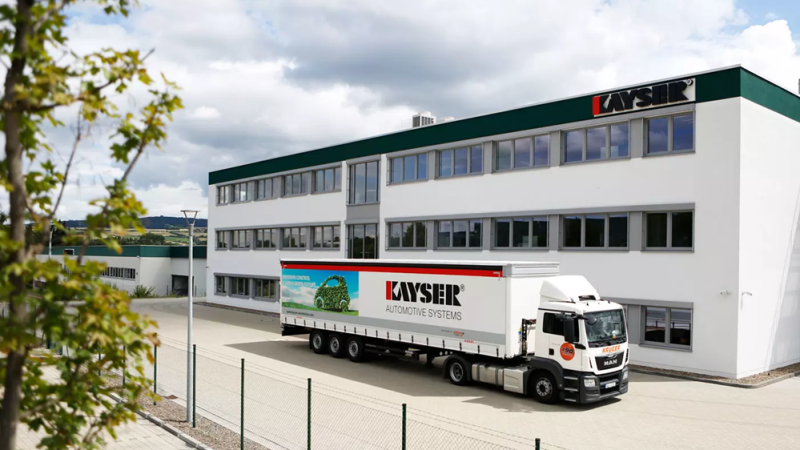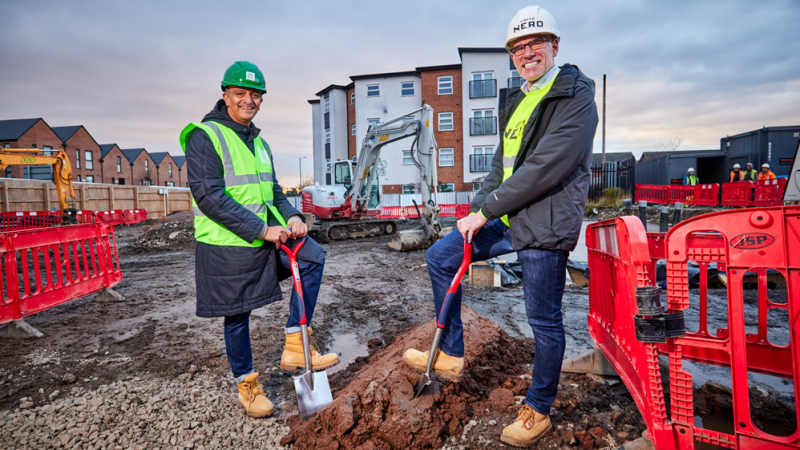Building on over 60 years of experience, Crenlo Engineered Cabs (Crenlo) has grown into a global manufacturer of operator cabs for off-highway vehicles, providing highly engineered products to some of the top original equipment manufacturers (OEM) in the agriculture, construction, military, and specialty truck sectors.
Today’s company emerged through the merger of Crenlo Cab Products and Worthington Industries Engineered Cabs in 2019 but had previously experienced decades of success as Crenlo Cab Products, supplying its very first operator cabs to Caterpillar and John Deere in 1957.
“Crenlo Engineered Cabs was created by the bringing together of two under-performing and non-core assets of larger organisations, by Angeles Equity Partners, a private investment firm,” CEO John Lenga Jr describes the latest milestone in the company history.
“The view was to create the market leader in the outsourced engineered cab space for off-highway and specialty trucks, and to drive growth through improved manufacturing scale and capabilities, better geographic reach, and broader product portfolio applications.”
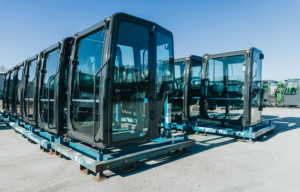 Successful transformation
Successful transformation
Lenga acknowledges that over the past four years, Crenlo has gone through a major transformation. “We have augmented the leadership from Divisional Leaders to a Top Team of experienced outside experts and simplified the organisation by divesting non-core assets.”
“We have also consolidated three legacy ERP Systems into one new state-of-the-art ERP System (Oracle), which has allowed for a single information source across all our sites, and for a data-driven approach.”
Significant strategic investment has been made in enhancing the manufacturing capability by automation – new machinery has included an automated power paint line and two 10K automated laser cutting lines. The company also acquired various robotic and cobot robotic installations for sub-weldment to relieve dependency on a shrinking skilled labour pool.
“An important improvement has been the introduction of Flexible Manufacturing Cells allowing us to maximize square footage and the ability to make different cabs on the same manufacturing line, thus improving productivity and enhancing our product offering to customers,” notes Lenga, affirming that following the changes, Crenlo is now in robust shape and form.
“As we transitioned out of pre-2021 we have been able to increase our revenue by 30% and drive over $5 million of operational efficiency improvements in the business, specifically as a result of the new strategic investments.”
The mission-critical component
With its three vertically integrated manufacturing sites in Minnesota, South Dakota, and Tennessee, together employing some 1,100 people, Crenlo is the largest provider of outsourced engineered cab solutions, controlling 27% of the US market. The company is also a leader in falling object protective structures (FOPS) and roll over protective structures (ROPS) which are critical to operator safety.
Lenga explains that 70% of Crenlo’s business is focused on the construction, material handling and specialty truck end markets, with the remaining 30% well diversified across utility, forestry, agriculture, and service.
The company’s products are split into two main categories – operator cabs and cobalt modern cabs. Operator cabs, which are shipped directly to OEMs, account for over 90% of the output. The smaller proportion of cobalt modern cabs is, however, also highly important, as they ensure that OEMs have the convenience of a ready-to-install, quick-to-market, fully integrated cab, with the design flexibility to make it unique to their brand.
Lenga affirms that the cab is one of the key parts of the vehicle. “The operator cab is the most complex non-engine component in targeted vehicles and requires sophisticated expertise to manufacture and assemble. Our engineered cabs are designed with the primary goal of keeping operators safe, comfortable, and productive. The cab really is a mission-critical, customer-facing vehicle element crucial for attracting skilled labour in a tight labour market.”
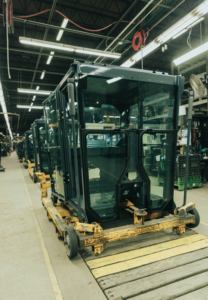 The right expertise
The right expertise
It is not just the final product that customers can buy, though. As the technology leader in cost effective cab design, Crenlo provides a full service: “best in class” product design, tooling services, prototyping, testing, and manufacturing engineering excellence. This level of engagement has no doubt been one of the reasons why Crenlo has been a trusted partner to many blue-chip customers including John Deere, Autocar, JLG and others, many of whom have been working with Crenlo over 15 years.
“Our engineering, design, and manufacturing capabilities coupled with engineering expertise are unmatched, as is superior scale and flexible capacity,” affirms Lenga. “Customer design and build solutions along with automated manufacturing provide us the ability to support low to high volume programs at competitive prices.”
“On top of that, our customers appreciate Crenlo’s supply chain expertise – our ability to manage and maintain the complex cab supply chain with hundreds of sub-components provides immense value to our customers. Quite simply, we take the burden away from our OEM customers of manufacturing this product in-house.”
Speaking about the general market environment and the outlook for the future, Lenga remarks that the trends remain positive, driven by the Infrastructure Investment and Inflation Reduction Act adopted in 2022 and the onshoring of products.
“We see a very strong pipeline in our business to further drive organic growth. With the operational improvements in the core business, we are now in a great position to look at various potential acquisition targets. We see a 1%-3% growth over the next 12-18 months, but with continuing headwinds due to inflation, we will need to remain nimble to be able to flex to any changing market dynamic,” he reflects in concluding.
